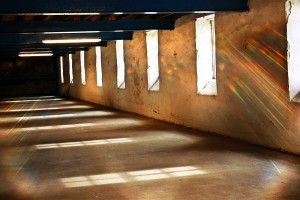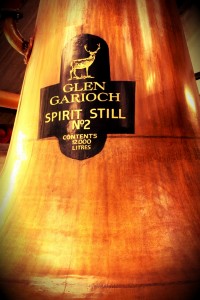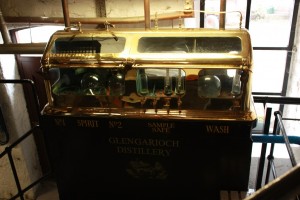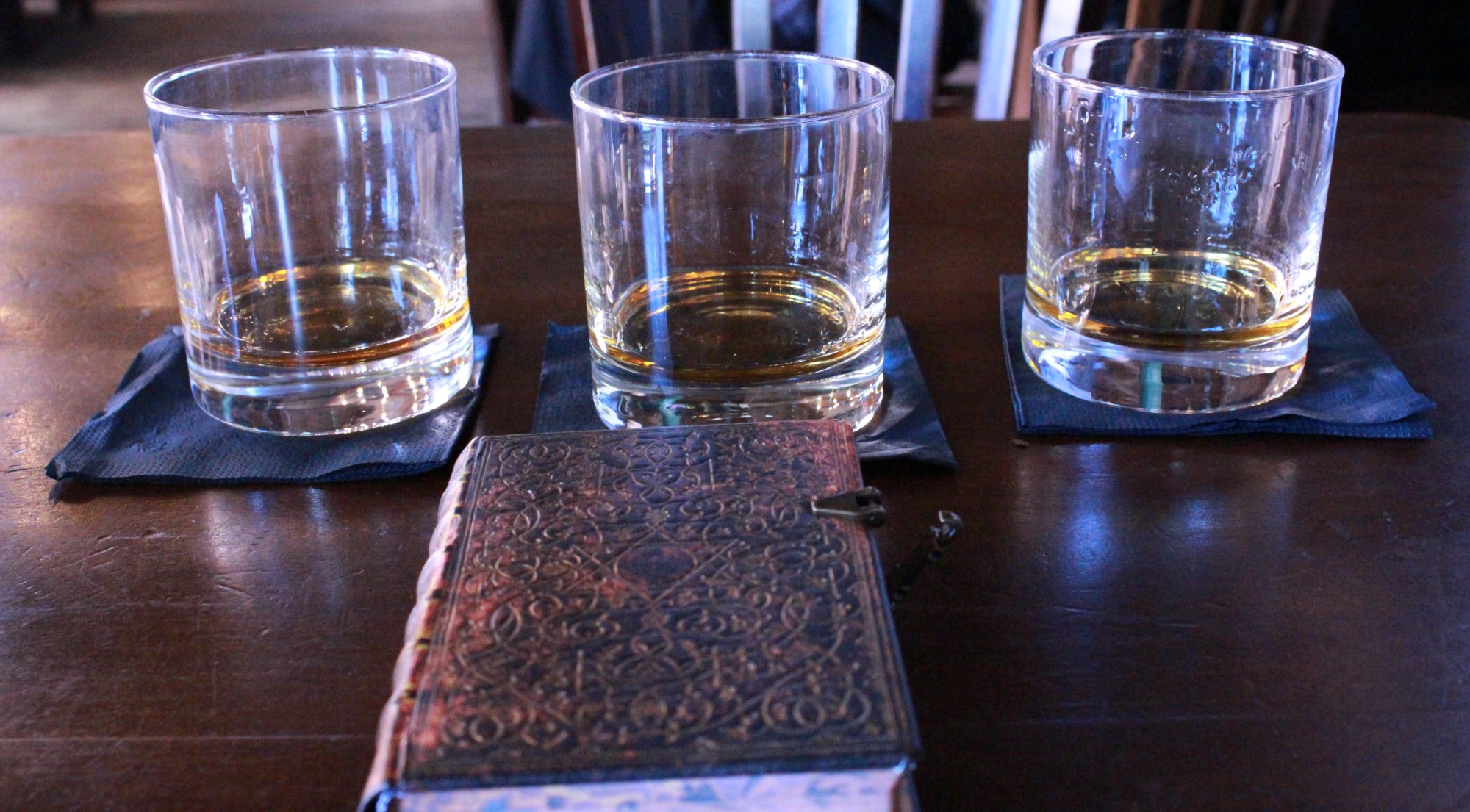Do not adjust your screens folks, you read it right. Of course I’m aware that Scotland is much more inextricably associated with, well, Scotch. I am also well aware that many Scottish Scotch advocates take a rather, shall we say, snooty view of bourbon and other world whiskey. However, the thing that Scotch and Bourbon have in common is, surprise surprise, they are both whisk(e)y, and there is a lot about the way they are made that is the same.
If you’re a British bourbon enthusiast, then no doubt you’ll want to one day have the chance to go to  Kentucky and do the bourbon trail. I’ve yet to have the pleasure of that myself (although I’ve had a pretty decent whiskey adventure in Texas which I’ll write about another time) and it’s easy to get a little green-eyed at all these Americans who have the great bourbon distilleries right on their doorstep.
Kentucky and do the bourbon trail. I’ve yet to have the pleasure of that myself (although I’ve had a pretty decent whiskey adventure in Texas which I’ll write about another time) and it’s easy to get a little green-eyed at all these Americans who have the great bourbon distilleries right on their doorstep.
But just think how many Scotch loving Americans there are who dream of one day visiting the Scottish highlands, yet here we are on the very border of the original home of the water of life. So, while you’re busy saving your pennies for a flight to Louisville, a distillery tour in Scotland is something very much worth considering. Most of the whisky-making process is the same, you’ll see the same kind of equipment, huge houses of ricks full of barrels, etc.
Largely by good fortune, I had the opportunity to spend a weekend in Aberdeen, and naturally whisky was one of the prevalent themes. I mentioned to my host that I’m a fan of American whiskey, and his response was a rather contemptuous huff followed by “Oh I see, I can rather understand why they prefer to mix it with coke…”
Nevertheless, like a good guest I bit my tongue and enjoyed what was offered. I saw some very impressive whisky ‘snugs’ in some stately homes and, most notably, in MacLeod House & Lodge – a Scottish Baronial mansion renovated, owned and frequented by Donald Trump, sitting next to the Trump International golf course and stocked with Trump’s own brand of Scotch.
But the main event was a visit to Glen Garioch (pronounced “Glen Geery” of course) distillery, for my first ever distillery tour. Now Aberdeen is not like Kentucky I’m sure, you definitely know you’re in Scotland. But there are a few curiosities that you would see in both places. Like the strange black fungus that grows on nearby building as a result of the distillation byproducts (something that US prohibition-era enforcers used to look out for as a telltale sign that moonshiners were operating in the area). And an oh-so distinctive, sickly sweet smell in the air. And barrels. Barrels literally everywhere.
 A distinctive feature of a Scottish distillery that’s worth mentioning is the use of copper pot stills. In Scotland, these are the norm. In the US, only a small number of distilleries use them. Noteworthy examples are Woodford Reserve, and also Willett Pot Still Reserve which is even sold in copper-pot still shaped bottles. So seeing these impressive edifices up close certainly gives you an appreciation for the whiskey making process.
A distinctive feature of a Scottish distillery that’s worth mentioning is the use of copper pot stills. In Scotland, these are the norm. In the US, only a small number of distilleries use them. Noteworthy examples are Woodford Reserve, and also Willett Pot Still Reserve which is even sold in copper-pot still shaped bottles. So seeing these impressive edifices up close certainly gives you an appreciation for the whiskey making process.
The smell of a distillery’s ‘tun room’ is quite something to experience. This is where the mash is brewed – effectively making beer which is then distilled into spirit. Of course the scent is very distinctively malty and would be quite different in a bourbon distillery, but either way you get a feel for the volatility of the early stages of whisk(e)y making.
The malting floor is something you’d be less likely to see in a Kentucky distillery since malted barley makes up only a small percentage of a bourbon mash, and as it happens the malting floor at Glen Garioch was no longer in use anyway. Additionally, the ‘furnace’ is something quite unique to Scotch, as this is where the malt would be dried over burning coals, and also where peat would be burned to create a peated whiskey.
Something you’ll also get to see is just how regulated whisk(e)y production is.  There’s a device at the end of the production line which records every single drop of spirit produced, for tax purposes. It’s possible to draw spirit directly from this point before it’s counted, but this is suppose to be for ‘quality control’ purposes only and very large padlocks around the meter ensure that breaking this rule is not an easy thing for distillery workers! (I’m sure they’ve found plenty of ways to get around it through the years…)
There’s a device at the end of the production line which records every single drop of spirit produced, for tax purposes. It’s possible to draw spirit directly from this point before it’s counted, but this is suppose to be for ‘quality control’ purposes only and very large padlocks around the meter ensure that breaking this rule is not an easy thing for distillery workers! (I’m sure they’ve found plenty of ways to get around it through the years…)
The folks at Glen Garioch were great hosts; we went home with a generous set of sample bottles and a pretty rich understanding about how much work actually goes into making whisky. Even so, no amount of proselytising on the part of my weekend host could change the fact that I was glad to put the ‘e’ back in my whiskey when I got home.
